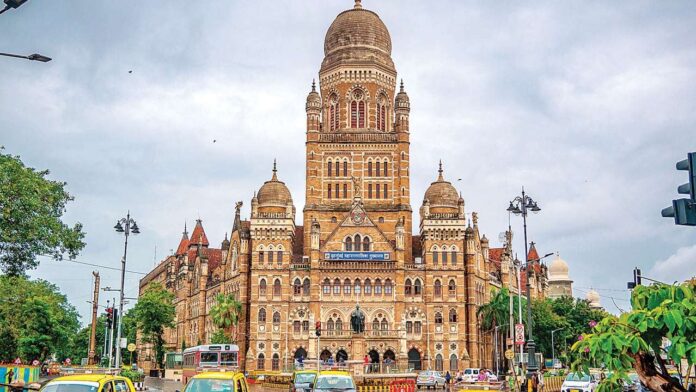The city’s first underground rainwater storage tanks will be constructed near Hindmata as a pilot project, and depending on its efficacy as a monsoon flood-prevention measure, the plan could be replicated in other areas, Brihanmumbai Municipal Corporation (BMC) officials said.
The BMC has set a target of constructing two tanks in the area by June. Each tank will be of 100 meters in length, 50-meter wide and six-meter deep with a storage capacity of about 30 lakh litres of water. The project will cost around Rs 130 crore.
In 2020, a heavy monsoon downpour brought the city to a standstill thrice. The civic body was severely criticised by residents as well as political leaders for failing to prevent flooding every year. Following this, the BMC had started looking for long-term solution to mitigate flooding triggered by heavy rainfall in a very short span of time. Such tanks are constructed in countries like South Korea, Canada and Japan, the officials added.
As per the plan, two underground water storage tanks, made of concrete, would be constructed at Pramod Mahajan Kala Udyan at Dadar and St Xavier ground at Parel. Testing soil by officials from the Storm Water Drain department (SWD) is on at these places.
“On a pilot basis, we will construct underground water tanks near Hindmata. This is new for the BMC, however, our team of engineers visited Tokyo, and they have seen water-holding ponds there. These tanks will be created on a war-footing basis before monsoon. We will see how it helps during the rains. If it is successful, we will make similar arrangements in other flood-prone areas,” Additional Municipal Commissioner (Projects) P Velrasu told .
He added, “The work is expected to begin this month. We will try to finish it by June.” These tanks could take care of four hours of continuous heavy rainfall (about 300mm), he said.
Officials said Hindmata is one of the worst-affected areas during every monsoon as it starts getting flooded much early compared to other places due to the saucer shape of the locality. Sometimes water level in areas goes up to four to five-feet high, disrupting traffic as well as businesses.
As per the project, space below the Hindmata flyover will be used to install pumps along with water-collection tanks. From the collection area, water will be pushed to both storage tanks through a newly-laid pipeline network with the help of pumps. Once high tides are over, the stored water will be pumped again to the pipeline and discharged into the sea via drains.
The city’s existing sewerage system can drain out 50mm rainwater per hour. If rainfall exceeds and coincides with high tide, many parts of the city witness flooding for hours. On August 5, large parts of South Mumbai were inundated after the city recorded heaviest single-day rainfall with 293.8mm of downpour.

